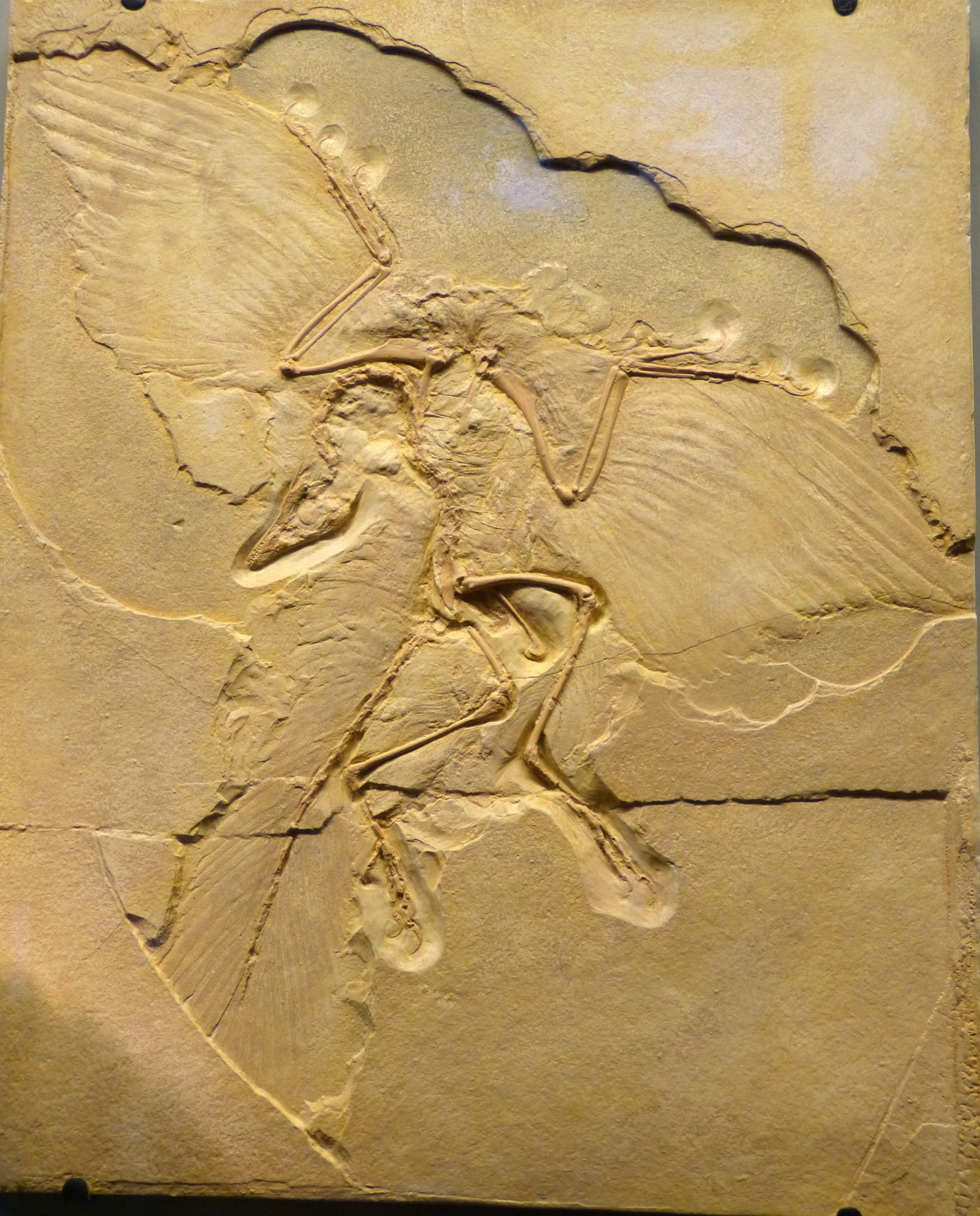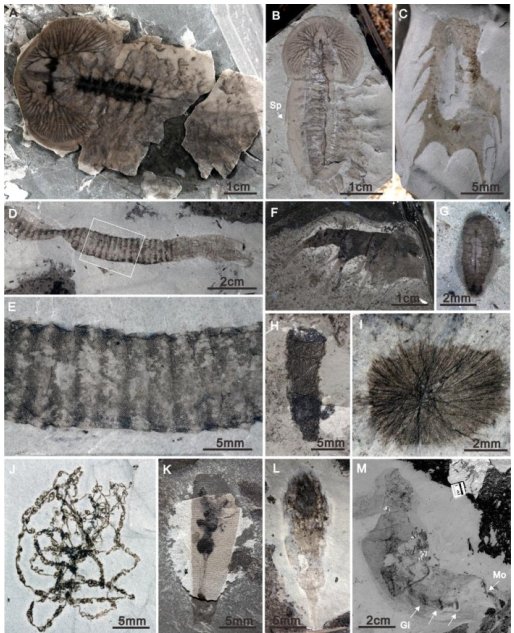If you make a visit to your local natural history museum you may notice that the fossil remains of ancient life on display invariably consist of the hard parts of the long-dead animals. Whether it be the bones of dinosaurs or the shells of ammonites, or even the carapaces of insects paleontologists usually have to figure out what the entire creature was like from just the hard parts. We shouldn’t complain, after a couple of million years, or a couple of hundred million years in some cases we’re actually lucky that anything remains. Those rare fossil sites where the soft anatomy of extinct animals are preserved are treated like gold mines and have been given the title ‘Lagerstätte’ which is German for place of storage.

Paleontologists working in the Hubei province of China along the Qingjiang River have recently discovered a new Lagerstätte that is proving to be a treasure trove of exquisitely preserved fossils dated to about 520 million years ago. Since this is approximately the same geologic time period as the famous Burgess Shale these sites together provide a window into a very early geologic period known as the Cambrian.

The Cambrian period is so important in understanding the history of life because prior to the Cambrian the evidence for multi-cellular life is very scarce, both in terms of numbers and diversity. However during the Cambrian hundreds of different types of living creatures burst onto the scene almost simultaneously. The causes of this ‘Cambrian Explosion’ are still being hotly debated and any new fossils that could help to shed light on what was happening during the Cambrian are extremely valuable.
And the fossils from Hubei could shed a lot of light. First of all there appears to simply be an enormous number of fossils to study, 30,000 have been collected so far. In addition the rock formation containing the fossils is widespread along the Qingjiang River meaning there could be several equally valuable sites waiting to be explored. That could mean a lot more fossils to come.

So far half of the specimens from Qingjiang that have been examined by paleontologists belong to species that are entirely new to science giving us a much more complete look into this critical period in Earth’s history. Just as importantly the condition of the fossils is exquisite, even such fine appendages as antenna and the soft tentacles of jellyfish are preserved in detail. In some cases even internal organs can be discerned allowing a more detailed description of how the anatomy of these creatures worked.

The Qingjiang fossils also differ from those from the Burgess shale in one very interesting way. For some unknown reason the Burgess shale fossils are made up entirely of adults, no remains of larva or juvenals have been discovered there. The Qingjiang fossils however do contain juvenal specimens, which is very important for understanding the life cycle of many species that undergo metamorphosis or molting.

The Cambrian explosion has been a puzzle to evolutionary biologists since the days of Charles Darwin. He regarded what he called ‘the lower Silurian layers’ (the name Cambrian hadn’t been established yet) as one of biggest problems with his theory of natural selection. With the discovery of the Qingjiang fossils we now have a lot more data to use in figuring out the solution to that problem.
